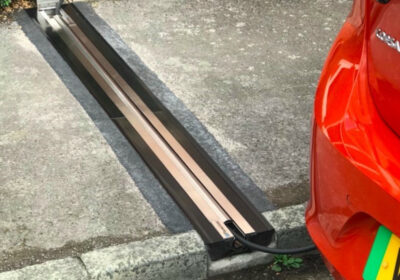Most domestic pets are covered with fur and so can’t regulate their body temperature by sweating. They rely on other mechanisms to cool their body temperature, including lying on cool surfaces and dilation of the blood vessels in their skin to allow heat to disperse.
Dogs will pant to encourage heat loss.
Heatstroke occurs when environmental temperatures rise to dangerous levels and pets are unable to compensate by moving away into cooler areas. The cooling systems of the body become overwhelmed, leading to hyperthermia (overheating) which can result in organ damage and failure.
Avoid heatstroke by walking dogs early or late, checking the pavement isn’t too hot to walk on.
Provide cooling jackets/
mats or paddling pools with plenty of shady areas.
Unrestricted access to fresh water throughout the day, topping up if necessary. For pets like rabbits, bottles of ice wrapped in a towel placed in a shady spot for them to lie against works well.
Keeping long-haired pets
regularly groomed throughout the summer months, will help reduce the risk.
Signs of heatstroke include panting, drooling, lethargy, restlessness, confusion, trembling, seizures, vomiting and diarrhoea, gums turning bright red.
For cats, the signs are similar with open-mouth breathing and similar for rabbits and guinea pigs.
If you do think your pet is showing early signs of heatstroke, you should speak to your vet immediately who will advise on the best course of action.
Related Articles
CrimeNews July 11, 20250
Woman assaulted in Poole – and police want to trace man who came to her aid
A WOMAN was assaulted by a man in Poole – and police want to…
EnvironmentNews July 11, 20250
Cross-pavement EV charging could be launched in Bournemouth, Christchurch and Poole
A NEW cross-pavement electric vehicle charging trial could be introduced across Bournemouth, Christchurch and…
EducationNews July 11, 20250
Sunshine, sports and a special opening at Western Downland
A SCHOOL near Fordingbridge enjoyed a day to remember last week. Western Downland Church of…









Leave a Reply